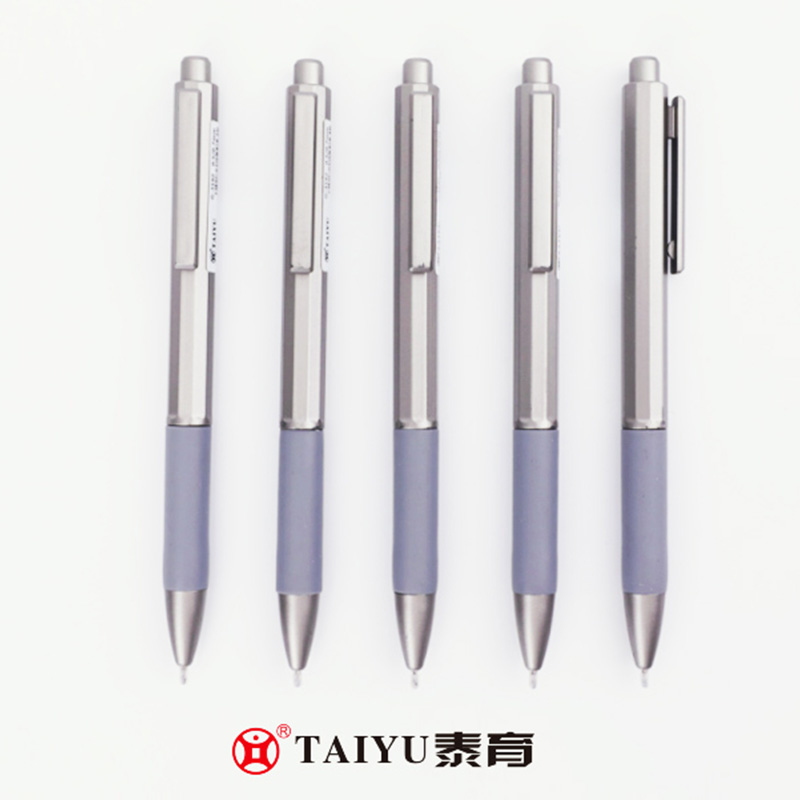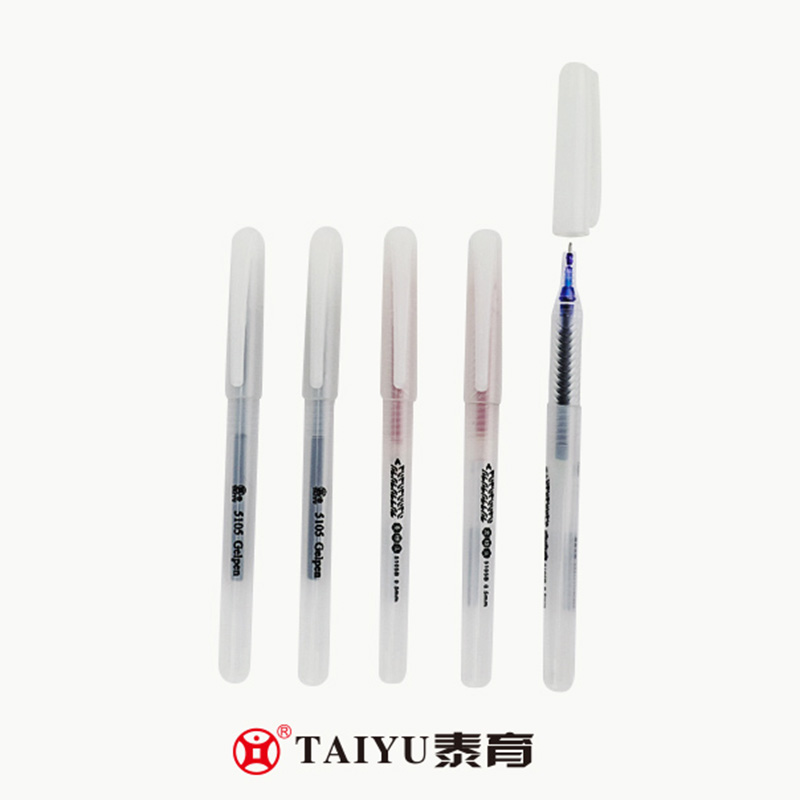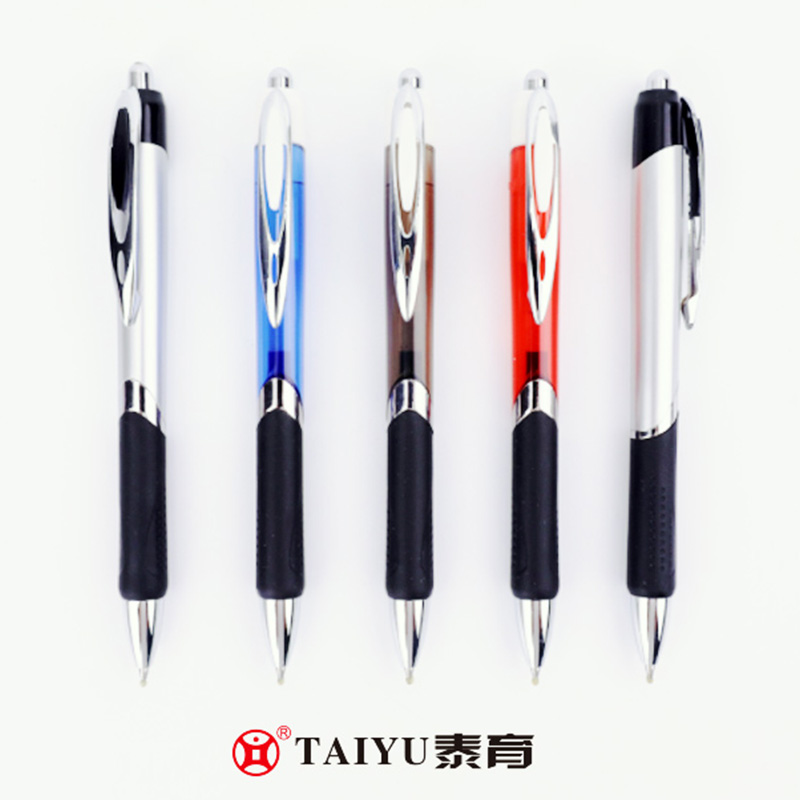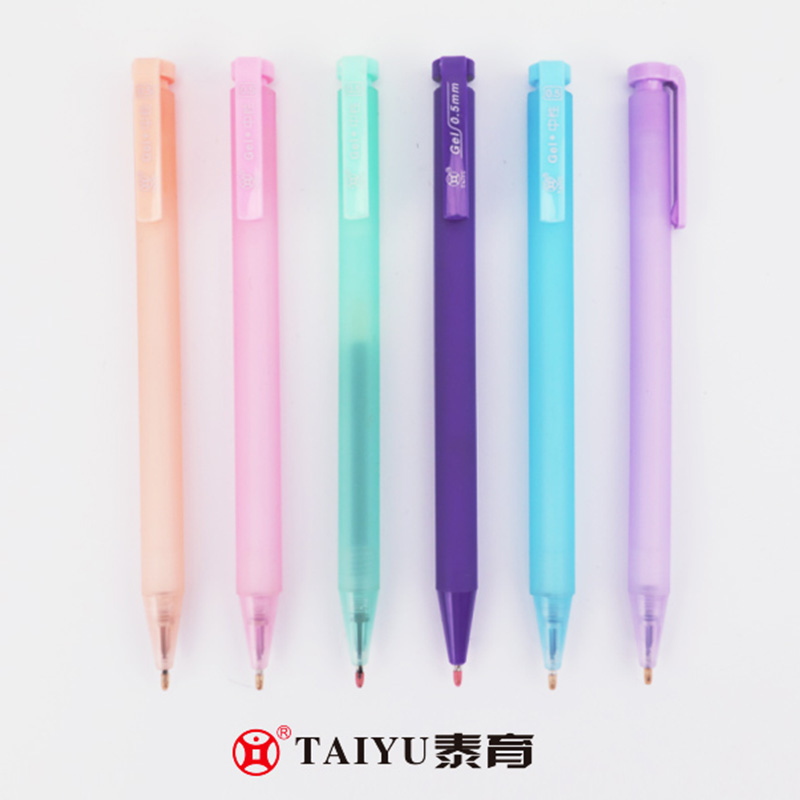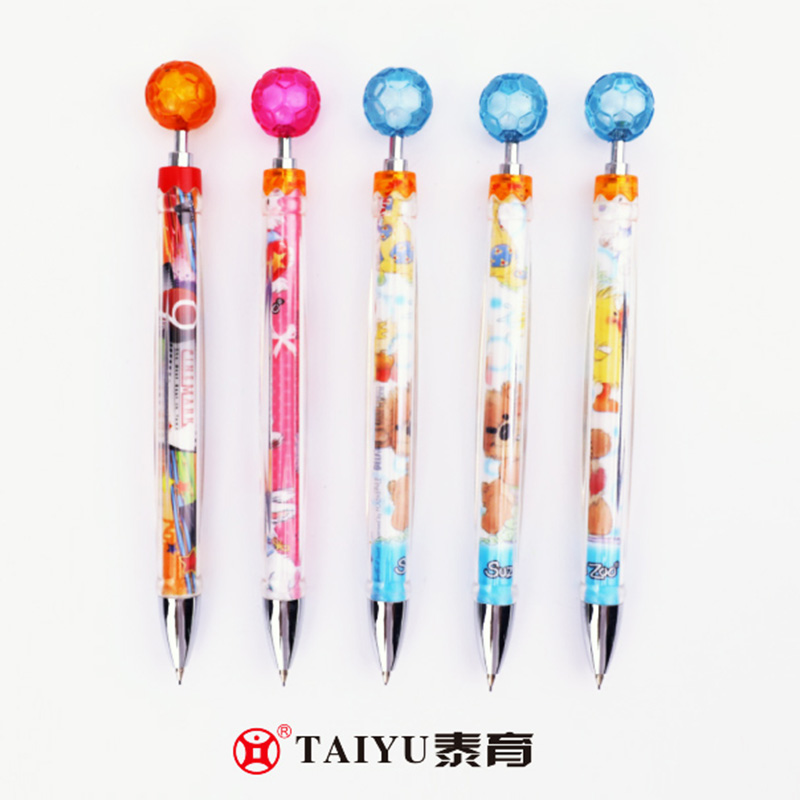Which highlighter is the best?
Highlighters play a vital role in daily study, document organization, and creative work. A good highlighter not only efficiently marks key points, but its comfortable feel and long-lasting color performance are also crucial for improving efficiency. Faced with a dazzling array of products on the market, "Which highlighter is the best?" has become a common question for many.
When choosing a highlighter, we can't just look at whether the color is vibrant. The following aspects are key to determining its "goodness":
Ink Characteristics
Lack of Bleeding: This is the primary criterion. High-quality highlighter ink should dry quickly, avoiding leaving marks on the back of the paper, which is especially important for note-taking enthusiasts.
Fade Resistance: Good highlighter ink does not easily fade under light, ensuring that marked key points remain clearly visible for a long time.
Opacity: The perfect highlighter should have just the right amount of opacity, highlighting the text without completely obscuring the writing below.
Tip Design
Tip Material and Shape: Angled highlighters are the most common, allowing users to switch between different marking thicknesses depending on the angle of the stroke. A durable nib ensures even ink flow and prevents splitting even after prolonged use.
Thickness Range: The ability to adapt to varying font sizes and marking needs is a hallmark of a highlighter's versatility.
Ergonomics and Portability
Grip Comfort: The shape of the highlighter's barrel and its anti-slip design directly impact writing fatigue during extended use.
Replaceable Refills/Environmental Friendliness: Some highlighters offer refill packs, making them more economical and environmentally friendly.
Popular Types of Highlighters
Based on market feedback and user needs, the most popular highlighters and their applicable scenarios are summarized below:
Dual-ended Highlighters: These are the most sought-after because they integrate the highly versatile functions of a fine-tipped highlighter and a thicker tip for large-area smudging. They are ideal for users who need to quickly switch between marking methods, such as for exam review and mind mapping. They are also known as dual-color highlighters.
Jelly/Soft Color Highlighters: These colored pens have lower ink saturation. Their core advantage is that they are not glaring, offering high visual comfort and greatly reducing fatigue during long reading sessions. These are ideal for decorating journals and marking up everyday reading materials, often featuring soft-toned highlighters or labels in muted, Morandi colors.
Eco-friendly/health-free highlighters: For health-conscious users, choosing products with environmentally friendly inks and odorless highlighter properties is crucial, especially in office or long study environments.
Wide-width highlighters: These large highlighters offer extremely high marking efficiency, suitable for scenarios requiring efficient marking and rapid processing of large amounts of documents, such as legal documents or quick reading of lengthy reports.
Which highlighter is best largely depends on your usage habits and personal preferences. When purchasing, consider the above criteria, try different brands of highlighters, and find the one that best enhances your study or work efficiency.



 English
English 中文简体
中文简体 Español
Español
